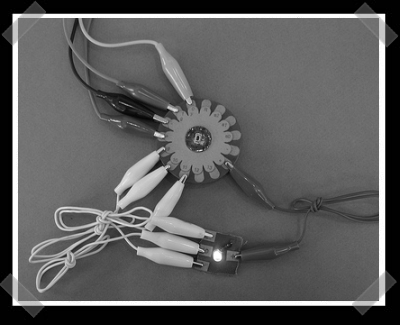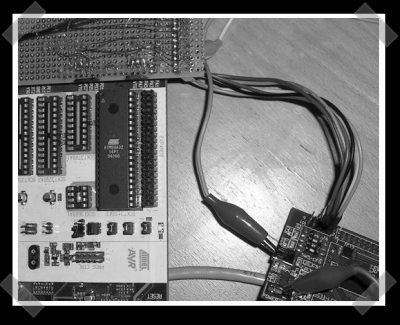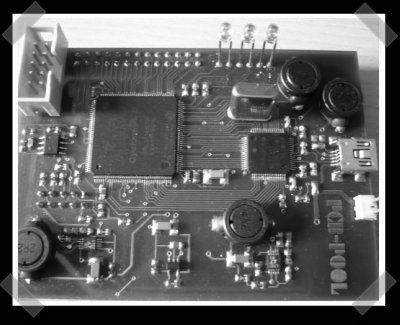
When you need something quietly bending or moving, don’t underestimate SMA’s (or Shape Memory Alloys). The Living Glass project by architects [David Benjamin] and [Soo-in Yang] catalogs an experiment in building interactive, flexible, “breathing”, walls out of SMA wire and microcontrollers. Although they use Basic Stamps, the project could easily be extended to more cost-effective microcontrollers for large surfaces. The project is well documented with videos (AVI) of each prototyping step and even includes the ideas that were ultimately scrapped. Even if you don’t build a wall of interactive gills, this project should give you plenty of ideas for uses of SMA wire embedded in semi-flexible materials.
















